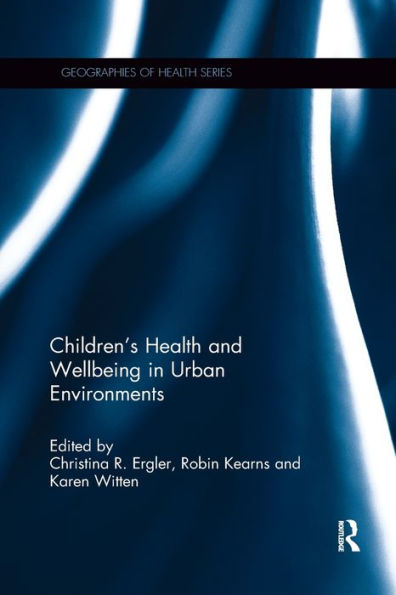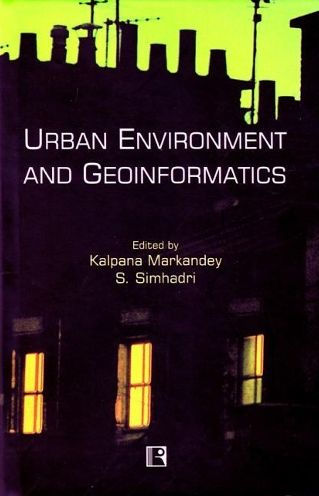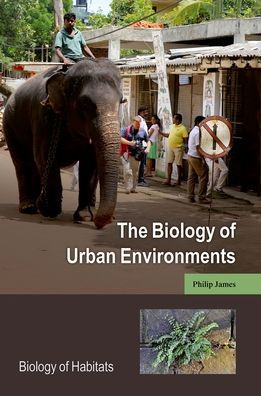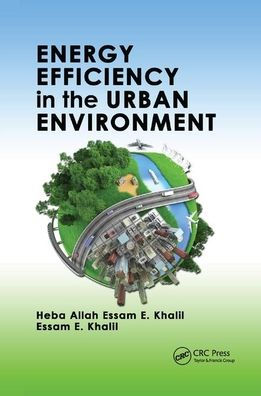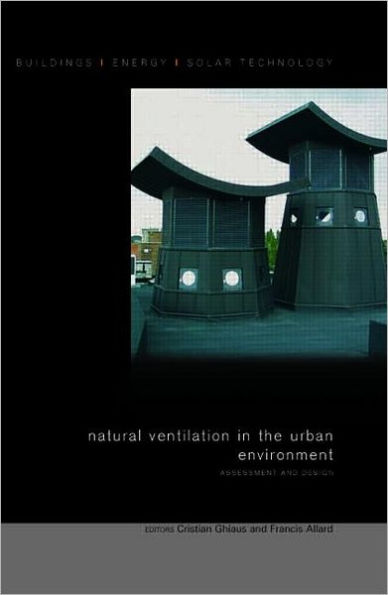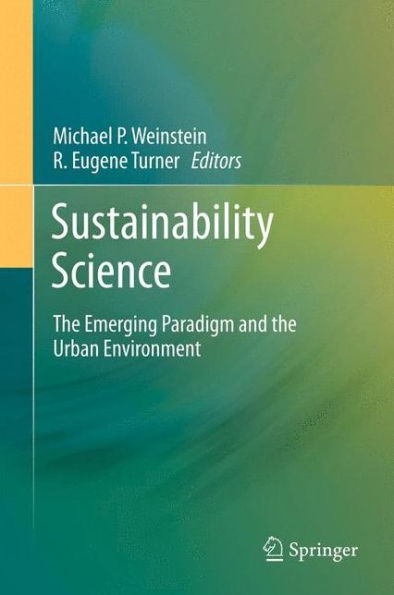Home
Urban Environments and Health the Philippines: A Retrospective on Women Street Vendors their Spaces
Barnes and Noble
Urban Environments and Health the Philippines: A Retrospective on Women Street Vendors their Spaces
Current price: $180.00


Barnes and Noble
Urban Environments and Health the Philippines: A Retrospective on Women Street Vendors their Spaces
Current price: $180.00
Size: Hardcover
Loading Inventory...
*Product information may vary - to confirm product availability, pricing, shipping and return information please contact Barnes and Noble
Urban Environments and Health in the Philippines offers a retrospective view of women street vendors and their urban environments in Baguio City, designed by American architect and planner Daniel Burnham in the early twentieth century, and established by the American imperial government as a place for healing and well-being.
Based on a transdisciplinary multi-method study of street vendors, the author offers a unique perspective as a researcher of the place, to ultimately ask how marginalized women authenticate and democratize prime urban spaces for their livelihoods. This book provides a portal to another way of seeing and understanding streets and people, covering spatial units at multiple scales, design imperialism and its impact on health, and resilience strategies for challenging realities.
Blending subjects of architecture, planning, and health, this book is an ideal read for those interested in fields of urban planning and design, public health, landscape architecture, geography, and social sciences.
Based on a transdisciplinary multi-method study of street vendors, the author offers a unique perspective as a researcher of the place, to ultimately ask how marginalized women authenticate and democratize prime urban spaces for their livelihoods. This book provides a portal to another way of seeing and understanding streets and people, covering spatial units at multiple scales, design imperialism and its impact on health, and resilience strategies for challenging realities.
Blending subjects of architecture, planning, and health, this book is an ideal read for those interested in fields of urban planning and design, public health, landscape architecture, geography, and social sciences.
